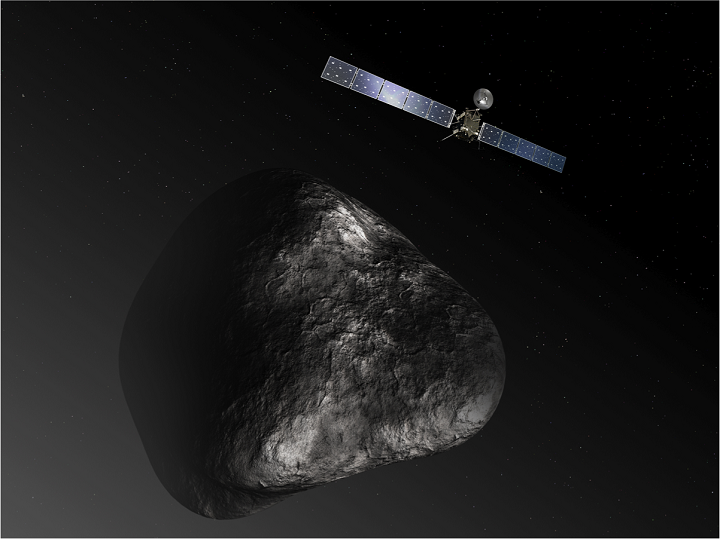Three NASA science instruments are being prepared for check-out operations aboard the European Space Agency’s Rosetta spacecraft, which is set to become the first to orbit a comet and land a probe on its nucleus in November.
Rosetta was reactivated Jan. 20 after a record 957 days in hibernation. U.S. mission managers are scheduled to activate their instruments on the spacecraft in early March and begin science operations with them in August. The instruments are an ultraviolet imaging spectrograph, a submillimeter spectrometer and radiometer and a plasma analyzer.
“U.S. scientists are delighted the Rosetta mission gives us a chance to examine a comet in a way we’ve never seen one before — in orbit around it and as it kicks up in activity,” said Claudia Alexander, Rosetta’s U.S. project scientist at NASA’s Jet Propulsion Laboratory in Pasadena, Calif. “The NASA suite of instruments will provide puzzle pieces the Rosetta science team as a whole will put together with the other pieces to paint a portrait of how a comet works and what it’s made of.”
Rosetta’s objective is to observe the comet 67P/Churyumov-Gerasimenko up close. By examining the full composition of the comet’s nucleus and the ways in which a comet changes, Rosetta will help scientists learn more about the origin and evolution of our solar system and the role comets may have played in seeding Earth with water, and perhaps even life.
